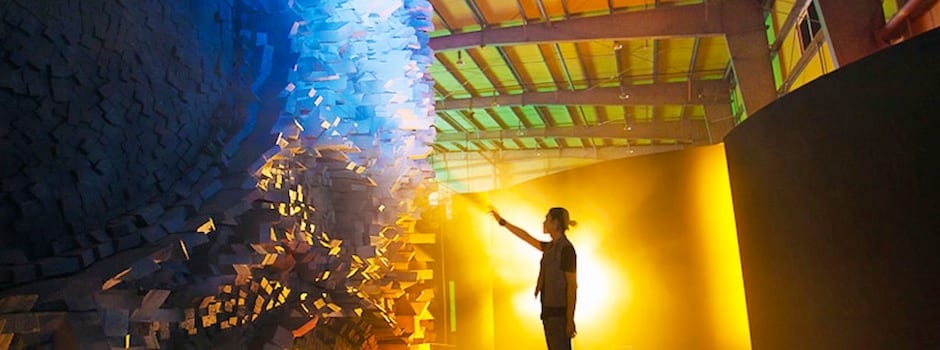CastAR and Glyph Bring Virtual Reality Tech to CES
Is this the real life? Is this just fantasy?
 Credit:
Credit:
Products are chosen independently by our editors. Purchases made through our links may earn us a commission.
The race for true virtual reality and augmented reality tech is entering some really futuristic territory.
CastAR and Glyph, two products that embrace virtual reality technology, will be making appearances during International CES 2014. Both systems are unlike the much-publicized Oculus Rift VR system, but seem like serious contenders all the same. Here’s what we know about each system so far.
Glyph
Avegant's "Glyph" is a visual headset that incorporates a Virtual Retinal Display (VRD). This technique projects an image directly onto your retina, allowing for a 45 degree field of vision (the equivalent of viewing an 80 inch screen from 8 feet away). Avegant claims this will also eliminate eyestrain, since the image is projected directly into your retina, rather than requiring you to watch a screen. The system is media agnostic, and capable of displaying any content through a HDMI connection. Consumer units will be available on January 22nd, during the company’s Kickstarter campaign.
CastAR
CastAR is slightly unique, since it’s marketed as both an augmented reality and virtual reality system. Through use of several pieces of hardware, it combines projected AR, true AR and true VR. This allows a user to experience fully or partially immersive 3D imaging. CastAR achieves an augmented reality environment by projecting an image onto a special retro-reflective surface. Combined with the head tracking system included in the headset, and the dual projectors, this allows a user to view the augmented reality image from a variety of perspectives. CastAR also uses a “Magic Wand”, which is a handheld device that allows full interaction in the virtual augmented reality environment.
The comparisons of both the CastAR and the Glyph to the Oculus Rift are to be expected, but it looks like each of these devices is unique in the experience it can bring its users.
The arena of augmented reality is shaping up to be one of the biggest stories of CES, and we can’t wait to get our hands on these products during the show.
